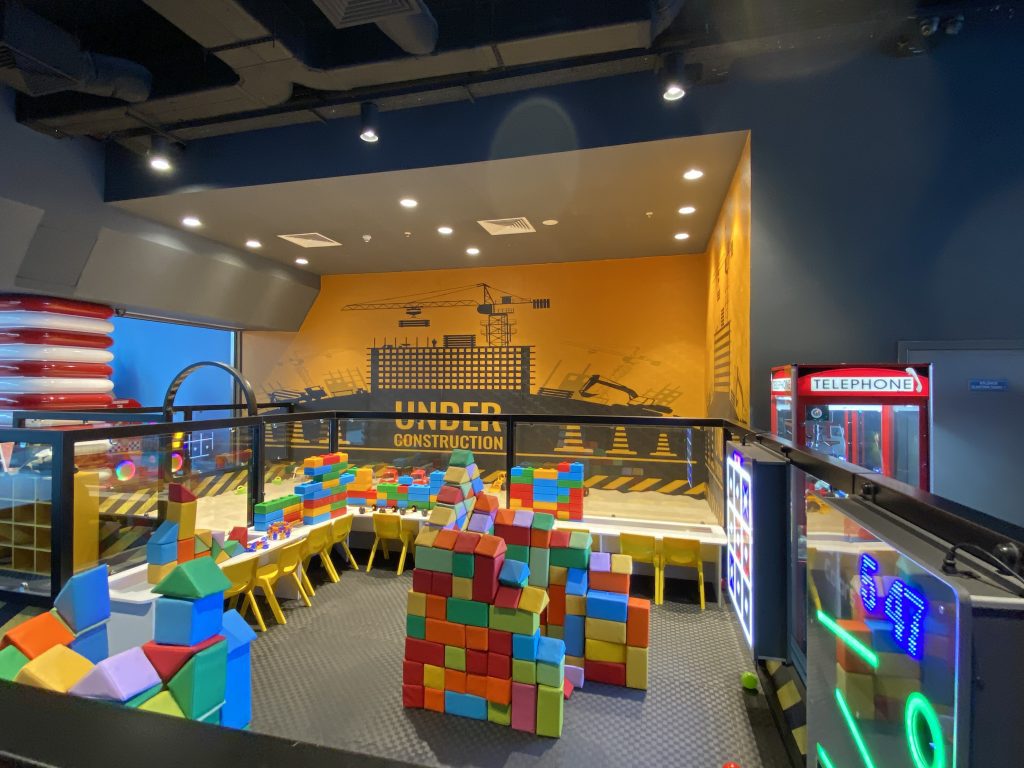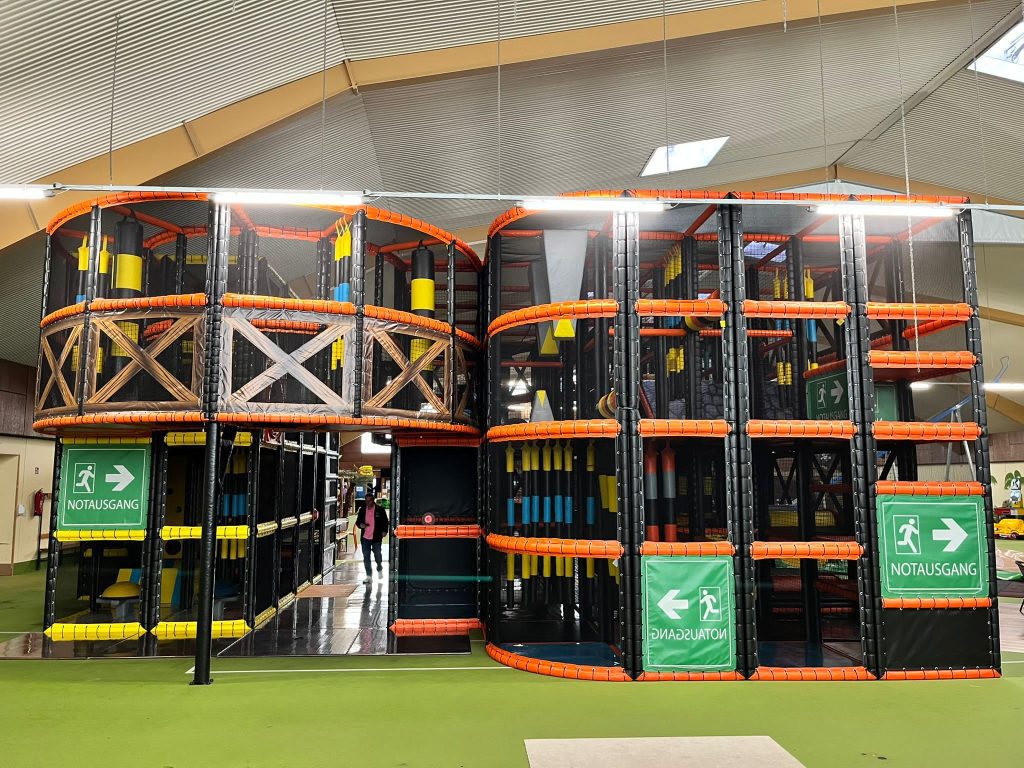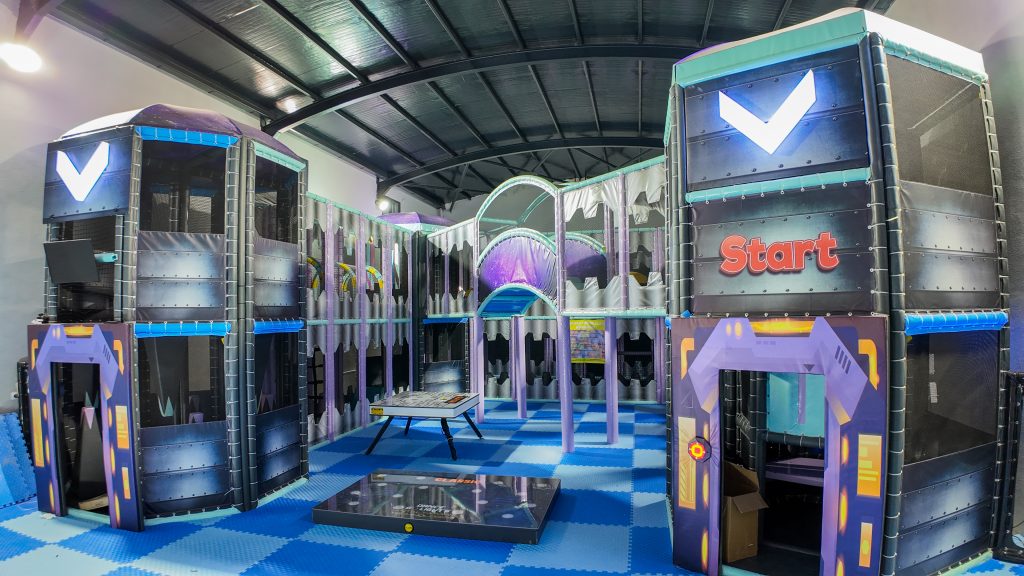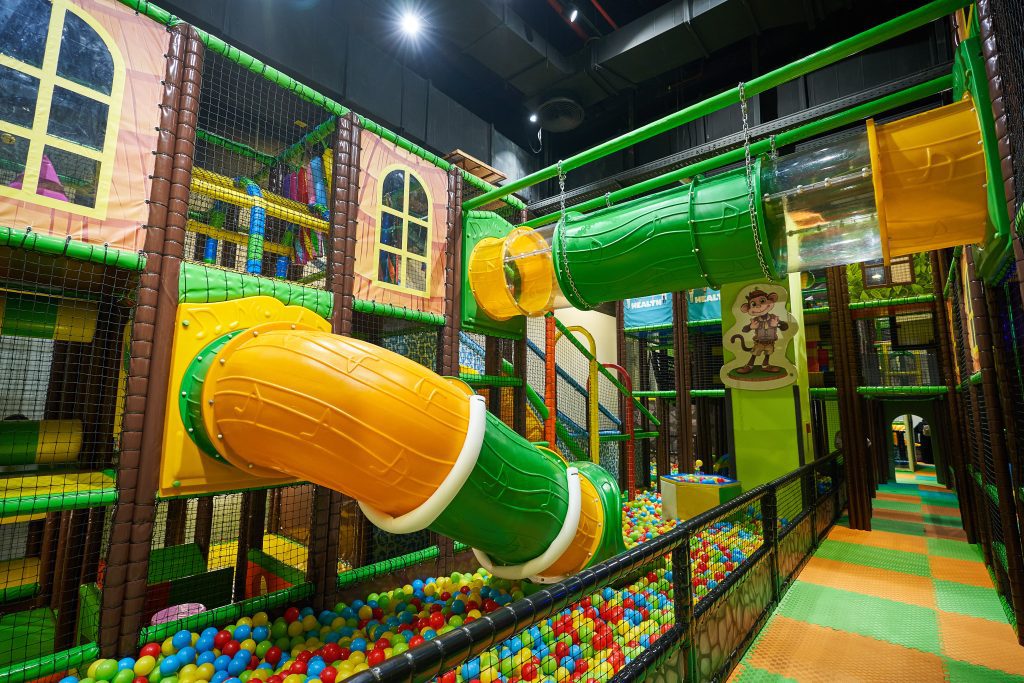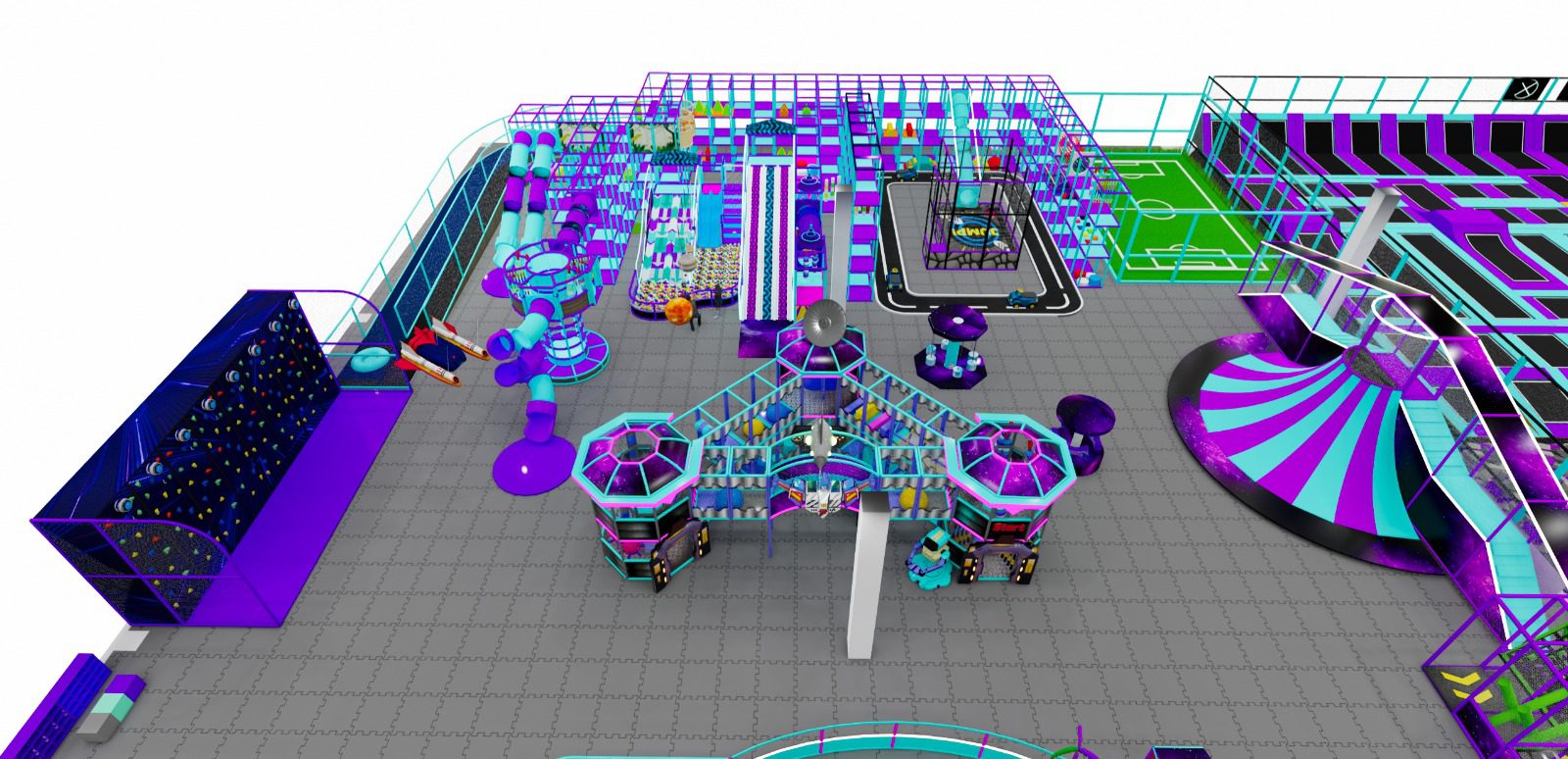Introduction
Indoor Playground Investment. The indoor playground industry has evolved from a simple leisure concept into one of the most profitable and sustainable business models in the entertainment sector. As families increasingly look for safe, weather-proof, and screen-free activities for children, indoor play centers have become a recession-resistant investment. Whether you’re planning a small soft-play zone in a shopping mall or a full-scale Family Entertainment Center (FEC), understanding the feasibility, return on investment (ROI), and long-term profitability is essential for success.
Why Invest in an Indoor Playground? Indoor Playground Investment
An indoor playground is not just a fun space for children — it’s a stable business ecosystem.
Unlike outdoor parks, indoor facilities generate revenue all year round, independent of weather or season.
Key advantages include:
- Consistent footfall: shopping centers, residential areas, and touristic locations attract steady visitor numbers.
- Multiple income channels: entry fees, birthday parties, café sales, memberships, and merchandise.
- Low operating costs: once installed, maintenance and staff costs remain manageable.
- Strong franchising potential: a successful concept can expand quickly with a repeatable business model.
According to industry research, a mid-size indoor playground can achieve an ROI within 18–24 months, depending on the size, rent, and local market conditions.
Feasibility Study: The Foundation of a Smart Investment. Indoor Playground Investment: What to Expect in the First Year
Before jumping into construction or purchasing equipment, a feasibility study determines whether your concept matches the market’s potential.
A well-structured feasibility plan should include:
- Market Analysis: demographic data, family density, competitors, and consumer spending habits.
- Location Selection: accessibility, parking space, ceiling height (min. 5–6 meters for trampolines and slides), and visibility.
- Investment Breakdown: equipment costs, interior design, installation, permits, and initial marketing.
- Revenue Forecasting: entry fees, café turnover, party packages, and average spend per visitor.
- Operational Costs: rent, utilities, staff, cleaning, insurance, and maintenance.
Professionally conducted feasibility studies can prevent up to 30% of unnecessary costs and help you secure bank or investor financing more easily.
Understanding Profitability: How Much Can You Earn? Reducing Costs and Increasing ROI in Indoor Playground Investment
Profitability depends largely on space utilization and visitor turnover.
Let’s take a simple example:
| Factor | Typical Value | Monthly Estimate |
|---|---|---|
| Average daily visitors | 100–150 | 3,000–4,500/month |
| Average ticket price | €10–€12 | €30,000–€50,000 revenue |
| Café & party upsells | 30–40% of entry sales | +€10,000–€20,000 |
| Total potential revenue | €40,000–€70,000/month |
After deducting operating expenses (usually 30–40%), a well-managed playground can achieve net margins between 25–40%, which is significantly higher than many retail or F&B businesses.
Larger centers with trampoline areas, digital wall games, or toddler zones often outperform smaller ones thanks to diversified revenue streams.
Choosing the Right Manufacturer. Is Indoor Playground Investment Still Profitable in 2025?
Your choice of manufacturer will directly influence both the initial investment and the long-term ROI.
Key factors to consider include:
- Compliance with EN-1176 and ASTM safety standards
- Custom design and 3D project visualization
- Durable, fire-retardant materials
- Global experience and after-sales support
Working with an experienced company ensures you avoid hidden costs and installation issues.
Most successful operators choose to partner with established brands that can deliver turnkey solutions — from design to installation and certification.
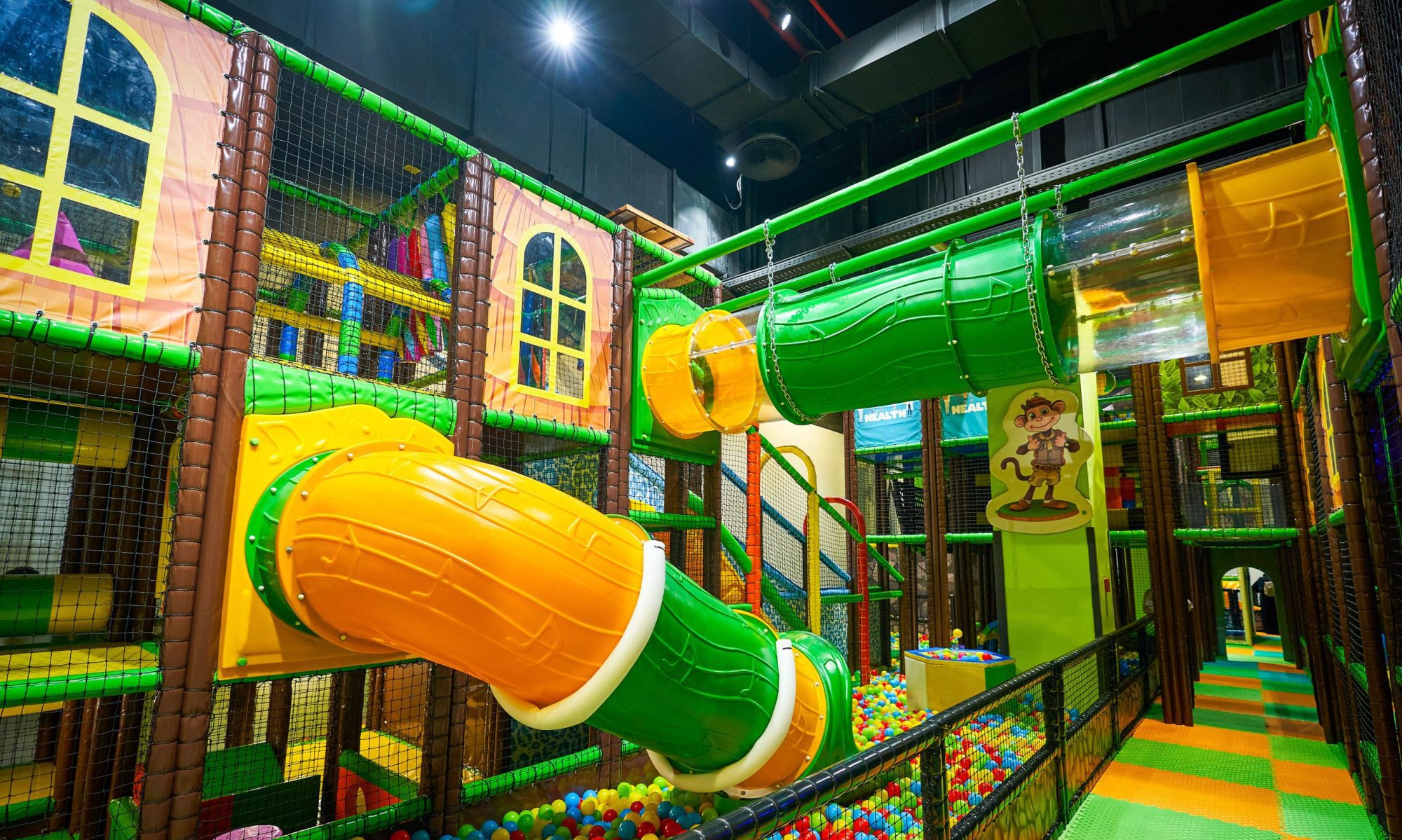
Cost Efficiency and Modular Growth
One of the strongest advantages of modern playground design is modularity.
You don’t need to invest in a massive 2,000 m² facility from day one.
Many investors start with 400–600 m² pilot projects, analyze performance, and expand over time.
This phased approach minimizes risk while keeping future scalability open.
Well-planned projects reuse core structures and add new zones such as:
- Trampoline arenas
- Toddler areas
- Interactive walls and digital games
- Rope courses and climbing towers
Each of these can be added without replacing the existing infrastructure, keeping the investment flexible and profitable.

Marketing and Customer Retention
A playground’s profitability doesn’t only depend on equipment — it thrives on community engagement.
Smart marketing practices include:
- Loyalty programs and memberships
- Social media campaigns showcasing birthdays and events
- Collaborations with schools or kindergartens
- Google Ads and local SEO optimization
Retention is where long-term profit comes from: parents who trust your facility will return frequently, and positive reviews drive organic traffic.
Case Example: The Antalya Park Approach
Leading manufacturers like Antalya Park combine over a decade of experience in indoor playground production, design, and installation.
Their integrated production — including soft play, trampolines, interactive games, and themed environments — allows investors to get all solutions from a single source.
This approach not only reduces total costs but also ensures design harmony, safety, and operational efficiency.
Conclusion
The indoor playground business is one of the most sustainable, family-oriented investments of the 21st century.
With the right feasibility planning, high-quality equipment, and strong marketing, investors can expect both financial returns and community impact.
By collaborating with an experienced manufacturer, you minimize risks and turn your vision into a profitable, long-term entertainment hub.


